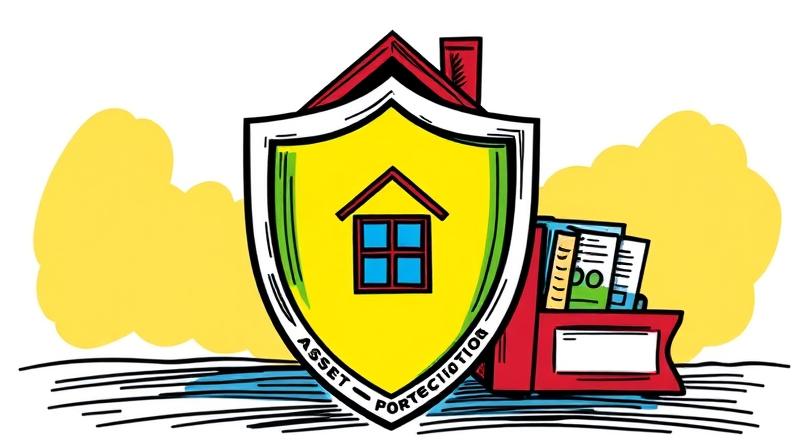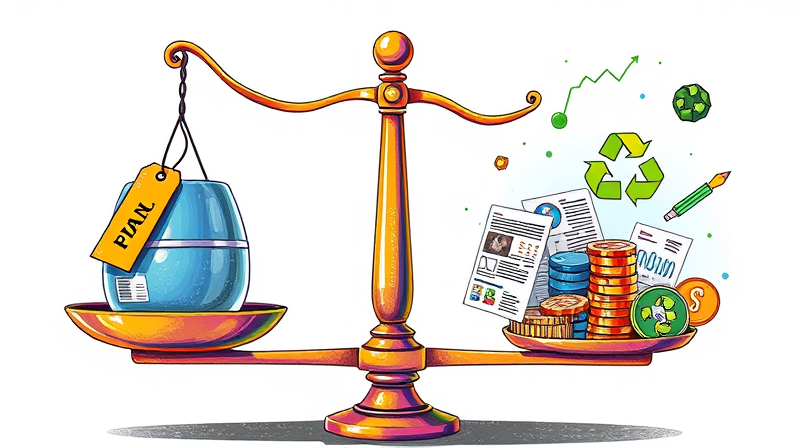
As teens stand at the threshold of independence, mastering money matters becomes crucial. Equipping young people with responsible and informed financial decisions fosters long-term financial security and well-being that lasts a lifetime. Whether saving for college, managing an allowance, or understanding credit, early education lays the groundwork for confident adulthood.
Recent data underscores both progress and persistent gaps in teen financial literacy. While more schools have introduced personal finance courses, many students still feel unprepared to handle real-world money challenges. Recognizing these trends is the first step toward targeted improvement.
Such statistics reveal an urgent need for comprehensive, hands-on learning experiences that build both knowledge and confidence.
Teens absorb financial concepts from multiple channels, each with unique strengths and drawbacks. Families often serve as the first teachers, but lessons passed down informally can be incomplete. Schools fill critical gaps, yet course availability and quality vary significantly across states.
Bridging these sources through coordinated efforts ensures that all teens receive balanced, accurate guidance on managing money responsibly.
To navigate an increasingly complex financial world, teens need core competencies that extend beyond basic arithmetic. From budgeting to investing, these skills form the pillars of sound money management.
Mastering these concepts empowers teens to make informed choices about spending, saving, and borrowing at every stage of life.
Effective financial education combines theory with real-world application. Educators and parents can collaborate to create engaging experiences that resonate with teens’ daily lives and future aspirations.
By weaving money lessons into familiar routines, adults can foster lasting financial habits and goal-setting behaviors that stick.
A wealth of free and paid resources supports teen financial learning. Integrating these tools into school curricula and home discussions ensures continuous growth and reinforcement of key ideas.
Notable platforms include:
Combining digital content with in-person guidance delivers a balanced approach that caters to diverse learning styles and interests.
Research shows that financial habits formed in adolescence often persist into adulthood. Teens who practice budgeting and saving before age 16 are more likely to maintain healthy money behaviors, face lower debt burdens, and achieve higher net worth by their 30s.
Early exposure to credit management reduces the likelihood of falling into high-interest debt, while familiarity with investment principles encourages long-term wealth building. Perhaps most importantly, teens gain confidence in handling money—transforming financial literacy from a source of anxiety into a tool for empowerment.
Financial literacy for teens is not an optional luxury but a critical life skill. By combining structured school programs, active parental involvement, and dynamic online resources, we can close existing gaps and equip every young person with the tools to thrive. Investing time and effort in early money education yields dividends that extend far beyond the wallet—fostering resilience, independence, and a brighter financial future for the next generation.
References













